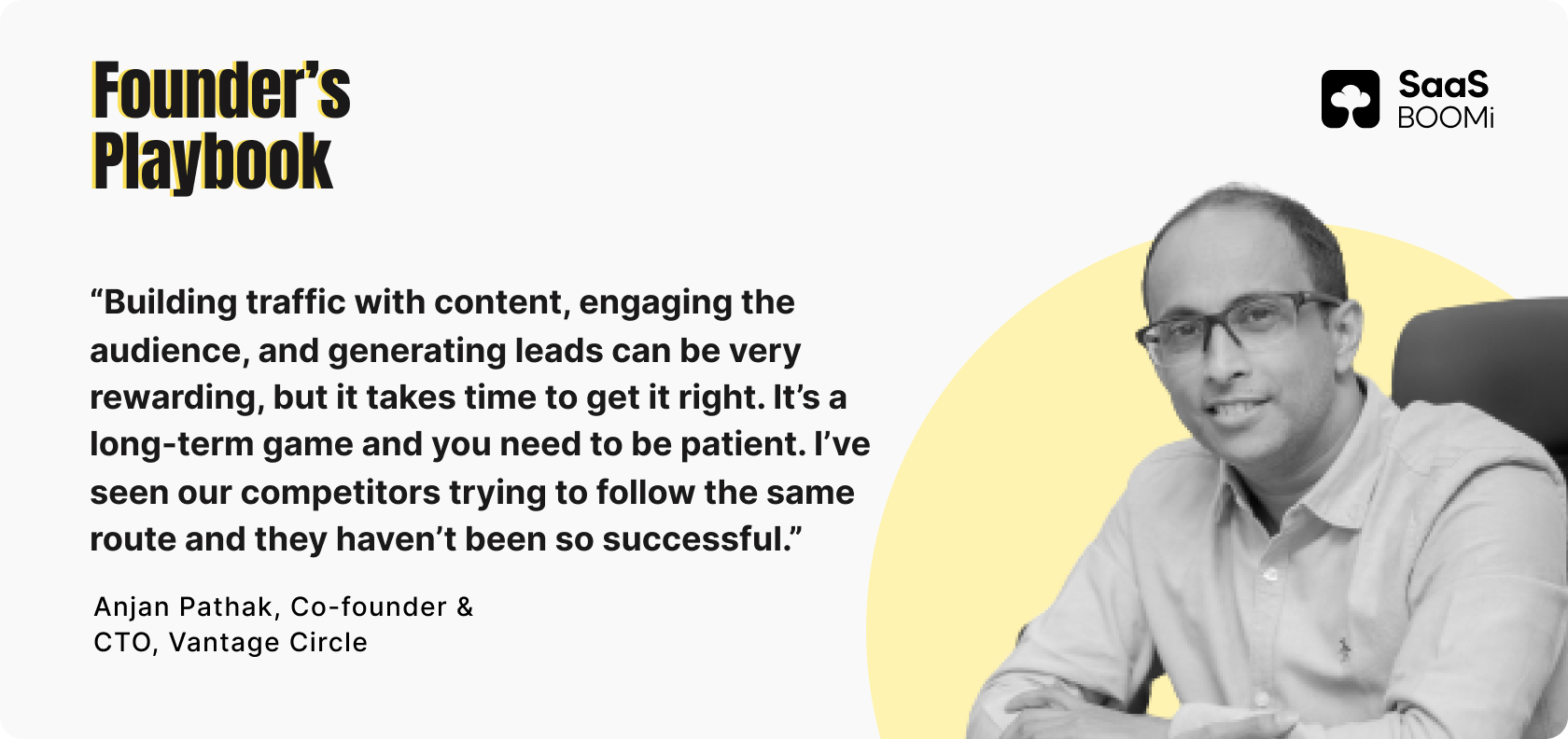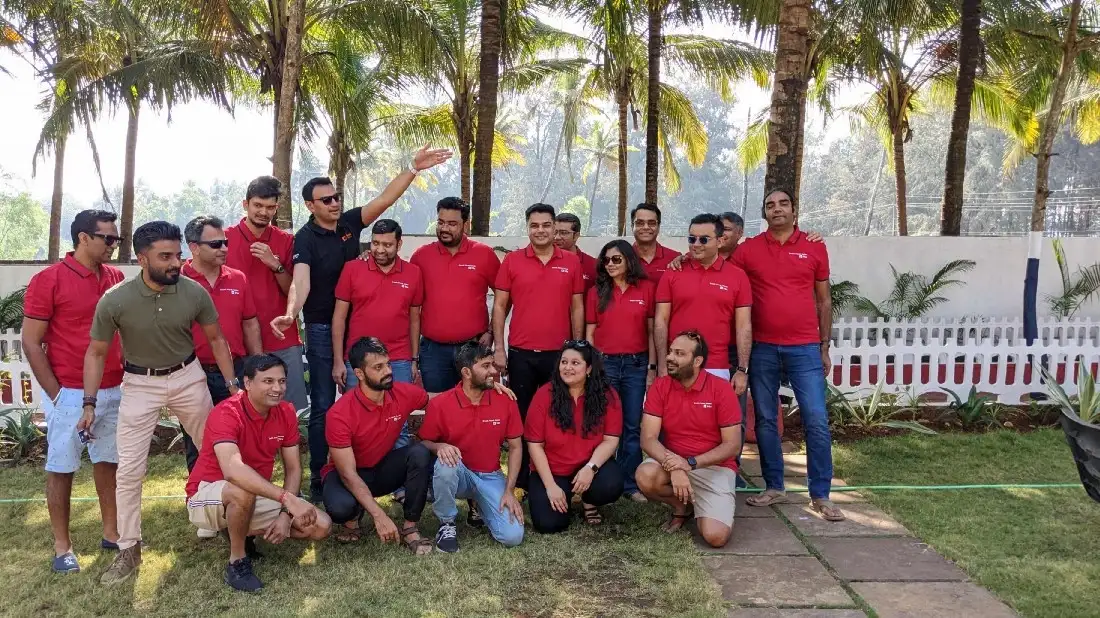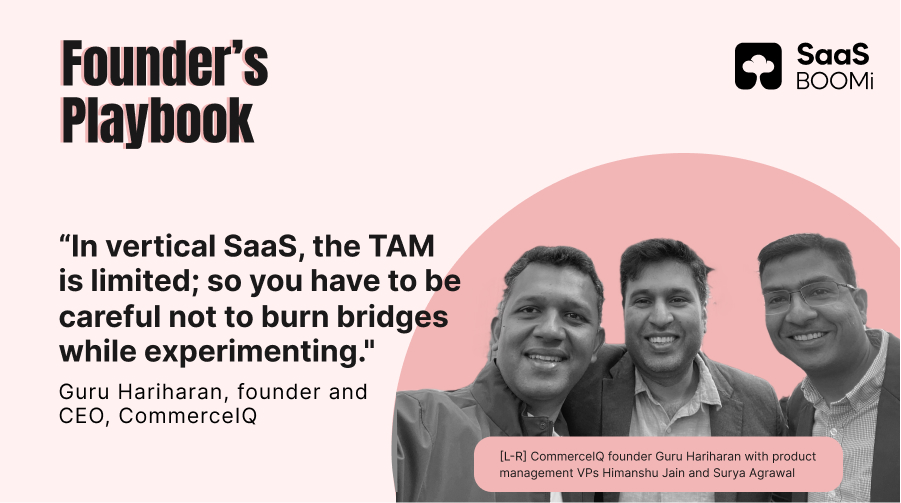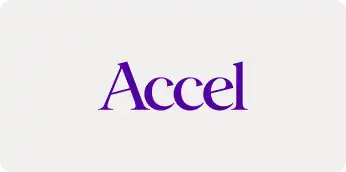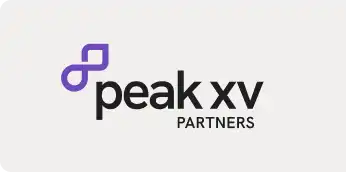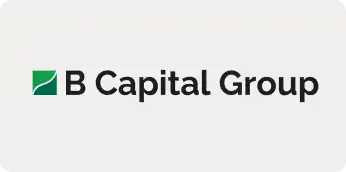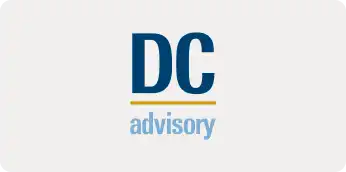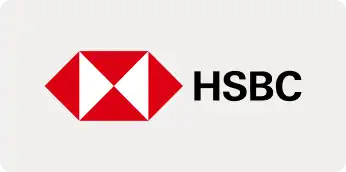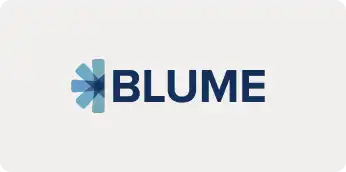When Vantage Circle started out 12 years ago, it got corporate clients for its employee engagement SaaS platform mostly by personal contact and word of mouth. Co-founder and CEO Partha Neog leveraged his 13-year prior corporate career, which included a stint as Product Management VP at a Naukri group company. The first big client he netted for Vantage Circle was an Indian IT services giant.
Neog’s co-founder and CTO, Anjan Pathak had worked with top ecommerce companies in the UK as a tech architect. Both Neog and Pathak found it personally satisfying to build the first sizable software product company out of Guwahati, in their home state of Assam, but it had its challenges.
The founders’ tech and business background got them off the ground with a viable product and a few big enterprise customers to keep the lights burning, but it was a struggle to expand.
“Tech was easy for us, with our background. But neither of us had marketing experience,” says Pathak. “Like most founders, we used to think, ‘create a great product, solve a problem, and clients will come automatically’. Unfortunately, that doesn’t happen.”
A pivotal transition happened five years back. “Everyone talks about content marketing these days, but five years ago it was not so evident that it could be so powerful,” says Pathak.
It began with an HR best practices and how-to blog. “Within six months, traffic crossed 100,000 and we realized this was going to be a gold mine in attracting clients. Now we have 2 million monthly unique visitors and most of our leads come through this channel, from the US and all over the world. Then it’s just about converting those leads,” says Pathak. “Gradually we understood that we could do it all from Guwahati.”
It was a game-changer, after other channels like paid marketing had yielded lukewarm results. Content marketing helped the small SaaS company from Guwahati land Fortune 500 clients, out-flanking much better funded and placed American HR tech companies. It has reached $5 million ARR and looks poised for faster growth, with its product scoring 4.7 out of 5 in G2 reviews. Its blog goes out in six international languages, with Spanish getting the most eyeballs after English, which augurs well for European and Latin American expansion.
With a plethora of blogs out there and more coming out each day, it’s hard to rise to the top like Vantage Circle’s HR blog did. Most corporate blogs fall flat with keyword-obsessed clickbaity content. What did Vantage Circle do differently? In our Founder’s Playbook series, Pathak shares with SaaSBOOMi what made the difference:
1. Be patient and maintain conviction
“Building traffic with content, engaging the audience, and generating leads can be very rewarding, but it takes time to get it right. It’s a long-term game and you need to be patient,” says Pathak. “I’ve seen some of our competitors trying to follow the same route and they haven’t been so successful.”
The founder’s conviction is vital in setting realistic goals and milestones. You have to keep tweaking the content plan by tracking what’s working and what isn’t, where momentum is picking up and what’s driving that. Often a founder’s pressure on the content team to show results doesn’t allow enough time to figure out the sweet spot between the value they offer and what the audience requires. In many instances, the founder may lose interest as soon as the program stalls, because content marketing is low down on their priority list.
In Vantage Circle’s case, Pathak himself took charge of the content marketing program, despite being the CTO. He was encouraged by what he saw in six months, and committed all the resources needed to make it work.
2. Don’t outsource, do it inhouse
A key decision Pathak took early on was to build the content team inhouse instead of outsourcing the work to content agencies. He wanted an internal team to understand what to write, what to track, and provide real value to the audience. Then the content could be differentiated from the generic, rambling articles that agencies working with multiple clients tend to produce.
One thing that worked in his favor is that people in Northeast India are mostly educated in English medium. So he had no problem hiring good writers locally from day one. “We told them honestly that this was something we were trying and didn’t know how it would go,” says Pathak. “But now we have a massive team of 50 people just creating content and marketing. It has worked really well and it’s cost-effective.”
“We’re playing the same game that Hubspot invented – inbound marketing.”
3. Get the tools you need to succeed
“I really invested a lot of time from the very outset on SEO and I still do that,” says Pathak. He mastered SEO tools from the likes of Ahrefs and Semrush, and taught the team to use them well.
Being a techie, learning by using tools came naturally to him, and he passed that on to members of the team who were dedicated to SEO. Thus the content marketing team paid attention to the technical side of it, beyond writing, right from the get-go.
This has been a big contributing factor in generating traffic for the blog, and Pathak feels confident that it can rise at the same rate to 10 million from the current 2 million. Thus a founder-led program, where the founder was hands-on with SEO and understood how it could work wonders, helped in staying on the long road to success with content marketing.
4. Invest in design for impact
Pathak hired a number of designers for the content marketing team. This became the third prong of the strategy, along with creating useful content and getting visibility with SEO.
The designers sit with the content writers to create catchy images, highlight quotes, and use illustrations liberally. The look-and-feel got as much attention as the content and SEO. And because everything is in-house, the content writers, designers, and SEO engineers collaborate easily to produce the best results.
This reduces the time lost in passing work from one silo to another – which would have been the case if the content or design or technical side of the blog had been outsourced. For example, interlinking is very important for SEO, but it can only be done well if there’s familiarity with the blog posts already produced.
5. Set objectives for different types of content
Being a SaaS company, it’s not surprising that Vantage Circle took a data-driven scientific approach to its content marketing. In SaaS parlance, Pathak explains how he thought of the content in terms of top of the funnel, middle funnel, and bottom funnel.
Top of the funnel could be listicles like 30 Thoughtful Thank You Day Messages for Employees or blog posts written around quotes from top practitioners, such as 11 Actionable Ways to Boost Employee Morale. “These don’t give us many leads, but they get us a lot of traffic,” explains Pathak.
Middle funnel blog posts could be around HR problems or company culture, such as a trend of Rage Applying. And finally, there are deeper bottom-funnel blog posts that actually produce most of the leads even if they get less traffic. These could be industry reports, leadership insights, or specific posts related to Vantage Circle’s four SaaS products, leveraging its data from working with multiple global organizations.
What’s useful in this kind of approach is that objectives are clear for each type of blog content. That makes every blog post more purposeful than they would be otherwise, while at the same time offering a variety of content for different audience segments.
Turning challenges into opportunities
Building a global SaaS company out of a Tier-2 city like Guwahati is not everyone’s cup of tea. It lacks the ecosystem of tech hubs like Bangalore in terms of venture capital, tech talent, and corporate culture. This forced choices on Vantage Circle that made the early years a struggle but proved to be strengths in the long run for building a sustainable, global company that now has bases in the US, Canada, Europe, Australia, and India.
Bootstrapped by necessity rather than choice, it had to be frugal. This led to hiring freshers and training them, rather than chasing experienced talent from outside. Guwahati has good engineering colleges, but it was a challenge to get freshers up to speed on the latest tech such as using a high-level programming language like Scala. This required robust in-house training modules.
Pathak’s DIY mindset kicked in to solve the problem. “I became a Scala certified trainer, probably the first one in India to get that certification,” says Pathak. “At that time, companies like Twitter were using Scala, but very few people in India were using it. So I became a certified trainer and then I had access to excellent training material as well.”
This created a mindset of learning by doing across the board. Pathak would immerse himself in a new tool, train young recruits, and encourage others to do the same. It took time, but it developed a process of building in-house talent from scratch, which was more cost-effective than hiring seasoned developers.
Frugality was also the first driver of content marketing with a long-term view five years ago, rather than trying to score quick wins with paid marketing. This led to what is today a vital strength for Vantage Circle in inbound marketing and sales.
As Richard Bach wrote in Illusions: “Every problem has a gift for you in its hands.”


